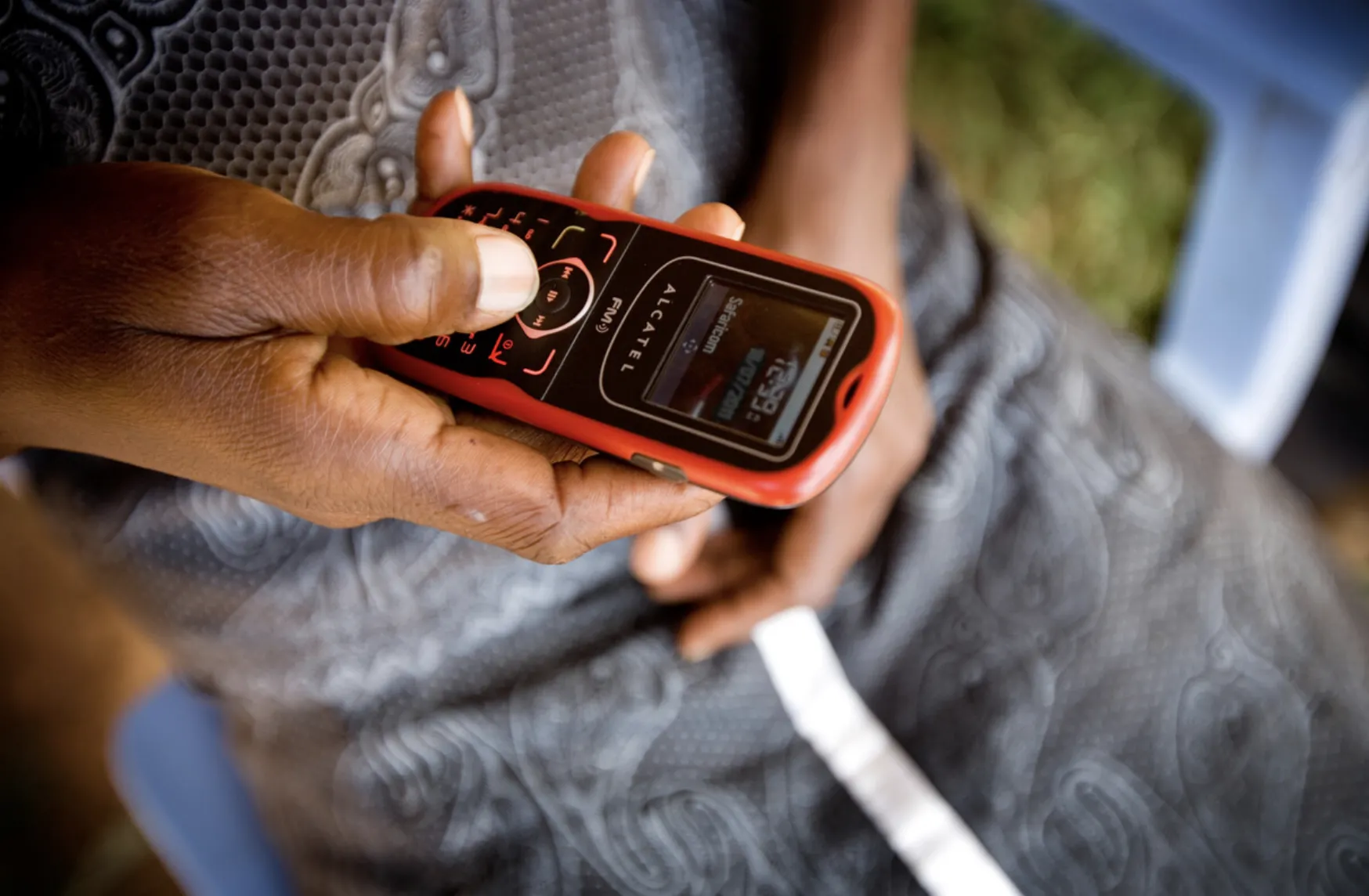Over 3.5 million people are facing severe hunger in Kenya. Several factors from failed successive rainfall seasons, and invasion of locust swarms, to the negative impacts from COVID-19 lockdowns and now the ongoing conflict between Russia and Ukraine, have led to loss of livelihoods as the cost of living skyrockets. In Garissa, northern Kenya, the community is not only drought-ravaged but is also riddled with insecurity. As a result, in March 2022, the Government imposed a dusk to dawn curfew. This meant that access to some of the hardest-hit areas was near impossible due to increased criminal attacks, fueled by conflicts over land and other resources such as water and pasture. To access the communities affected by drought and unreachable due to insecurity and poor road infrastructure, CARE International in Kenya adopted an existing fintech platform to disburse cash transfers.
In Kenya, mobile phone network coverage is over 91%. Of this, 96% of users have mobile money accounts on the M-PESA platform. The platform operates by enabling users to register an account with a mobile service provider from which they can then deposit and withdraw money securely through a wide network of agents. CARE International in Kenya employed the use of the platform to reach 25,372 drought-affected individuals in Northern Kenya. “Using a criterion informed by CARE’s Rapid Gender Analysis, the most vulnerable households were registered with assistance of local leadership and cash transfers committees. CARE validated the registers of the enlisted individuals’ to ensure their identity numbers were in alignment with their phone numbers. The list was submitted to CARE finance to process payments,” said Sam Ombeki, CARE Kenya Senior Program Manager.
Through a grant from the Bill & Melinda Gates Foundation, the identified individuals each received Kes. 5,100 ($43.78) in two cycles to their mobile money accounts. CARE International in Kenya through its partnership with GSMA’s Mobile for Humanitarian Innovation (M4H) negotiated with Safaricom Limited, the mobile service provider, for subsidized transaction fees for the recipients. To ensure the recipients received maximum funds, CARE Kenya also covered withdrawal fees ($1) for the recipient’s transaction fees. Before cash remittances, CARE with technical assistance from GSMA M4H, undertook a pre-assessment survey, and part of the survey objective was to assess access to Mpesa outlets, especially in remote locations. The sites where this activity was implemented were inaccessible to CARE because of their proximity to Kenya/Somalia common border and therefore prone to insecurity by Somalia militia groups and terrorists’ attacks.
Mobile Cash transfers via money platforms are an easy and sustainable method of reaching individuals needing humanitarian aid like the current drought crisis being experienced in Northern Kenya. Maureen Miruka, CARE Kenya Country Director, said, “ Mobile cash transfers are not only a sustainable way of reaching affected individuals in far-flung areas but also is a dignified approach to supporting the vulnerable. This is because the recipients can utilize the funds based on their priority needs. The pre-assessment survey indicated recipients’ expenditure priorities were food, water, school fees, veterinary services, livestock stocking, personal hygiene supplies, and repayment of loans.”
Salatho Hussein, mother of six, has experienced firsthand the devastating effects of the drought. After losing his cattle as well as resources to buy food, the money did help meet some of the needs in her home. “My children lacked school fees and we had little food. With the money I was able to pay off some of the debt we had accrued as well as school fees for my children. The process for withdrawal was quite simple and fast as the Mpesa agent is near to my home,” Salatho said.
By using already existing infrastructure, the cost of operations was decreased as fewer resources are required and more funds were allotted to the affected. Another advantage of using mobile money is that it also reduces the carbon footprint of the program. The method is also foolproof because the cash is sent directly to the registered recipient and not through a third party which could be subject to abuse or fraud.
Finding solutions, especially within the ever-growing space of technology, is key in ensuring that vulnerable communities are reached in their spaces. This dignifies them as they can continue with their way of life despite disruptions caused by circumstances beyond their control. Adopting existing technologies is key in innovating responses within a humanitarian crisis such as the one in Northern Kenya.
The Program reached 14,074 women in both Garissa and Mandera. By employing a transparent, inclusive, and participatory registration process, the exercise ensured that there was a consensus on who would get prioritized in the process. Findings from a post-distribution monitoring survey indicate that 98% of the recipients were able to meet basic needs based on their own priorities. This points to the usefulness of mobile money-based cash assistance in addressing drought emergencies.
With this intervention, a lot still needs to be done as the drought worsens in Garissa and Mandera. Adoption of fintech to reach the affected provides a viable and secure alternative to ensuring the most vulnerable are reached.
For More Information:
Rachel Kent
Rachel.Kent@care.org

